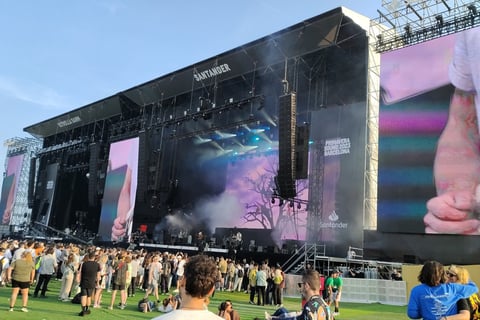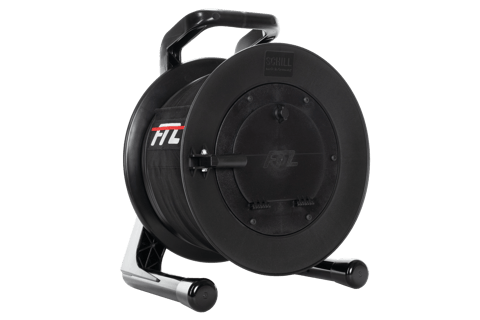Technical Guides for professionals
Why use professional fiber in technical events | FTL
In the audiovisual and live event environment, signal integrity and the stability of the transmission infrastructure are critical. Professional fiber optics has established itself as the standard solution for demanding environments, where reliability, electromagnetic immunity and physical durability are critical. This guide details its advantages over other technologies and its performance in real situations.
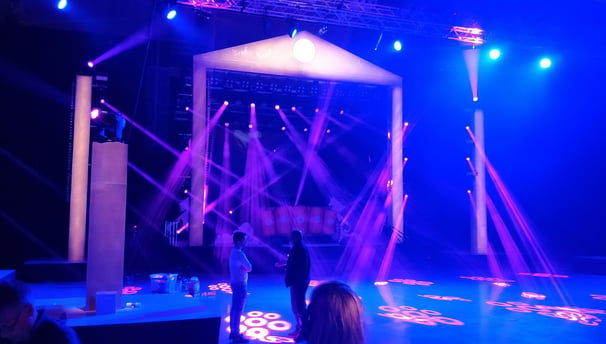

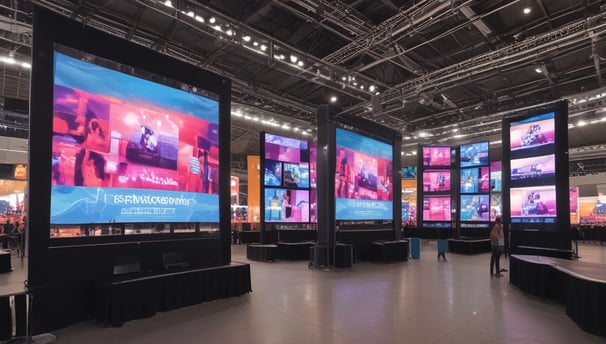

Loss- and interference-free transmission
Fiber optics transmits signals using pulses of light, which completely eliminates the influence of electromagnetic interference (EMI) or radio frequency interference (RFI). This makes it the ideal choice in enclosures with high technical loads (lighting, sound, LED screens, networks, motors...), where electrical noise is common.
Unlike copper, fiber does not suffer signal degradation over long distances. Hundreds of meters can be laid without the need for amplifiers or intermediate regenerators.
Total immunity to electrical conductivity
Fiber is not electrically conductive, which eliminates the risk of ground loops, discharges or sparks between equipment connected to different electrical phases. This property significantly increases safety in complex assemblies and reduces unexplained signal failures.
Longevity and structural reliability
Professional fiber is constructed with tensile, crush and twist resistant coatings. It is ideal for temporary outdoor laying, withstanding foot traffic, variable weather, frequent winding and unwinding without affecting optical performance.
In addition, it does not oxidize or degrade with humidity, which makes it much more durable than copper in hostile environments. Unlike copper or coaxial cables, which can deteriorate over time (oxidation, corrosion, stiffness), fiber maintains its properties for decades if stored and handled properly.
This allows it to be reused in multiple assemblies without loss of quality, keeping the investment stable over the long term.
Massive and multidisciplinary transmission capacity
Fiber allows audio, video, data, network and even DMX or Ethernet control to be transported simultaneously using multiplexing (WDM) systems. This simplifies cabling, reduces assembly times and allows centralizing diverse signals on a single optical line.
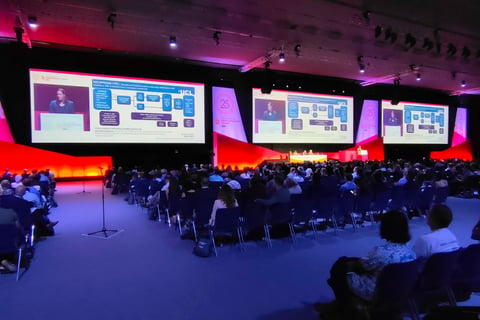

The adoption of fiber optics in events is not just a technological fad, but an increasingly evident technical necessity. In contexts where failure is not an option, its reliability, immunity and capacity make it an essential tool for any serious audiovisual infrastructure.
Unprecedented transmission speed
Fiber optics is currently the only physical medium capable of supporting sustained data transmission speeds in excess of 10, 25 or even 40 Gb/s, meeting the requirements of new video protocols, multi-channel IP signals and real-time remote production.
While copper cables (such as Cat6 or SDI coaxial) reach their technical limits at around 10 Gb/s (with very controlled distances and conditions), fiber allows higher speeds without regenerators or active converters every few meters.
The new demands of 8K video, HDR, 120 fps, as well as IP workflows (such as ST 2110, NDI, Dante AV Ultra or Art-Net), require stable and very high-capacity interfaces. Fiber not only supports this, but is the physical standard recommended by manufacturers of professional cameras, matrices and processors.

